As winter approaches, the quest for the perfect coat becomes a top priority for many fashion-conscious individuals. The right coat not only provides warmth and comfort but also serves as a statement piece that can elevate any outfit. From luxury designers to more affordable options, numerous brands are making waves in the coat industry with their stylish and functional offerings. To discover which brands stand out from the rest in terms of quality, design, and value, continue reading below.
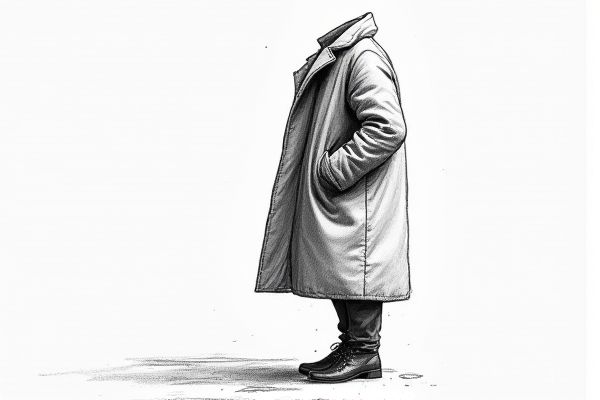
Illustration of coat
Best brands of coat in 2025
Burberry
Burberry, a British luxury fashion house, has solidified its position as a leading producer of high-quality coats, particularly its iconic trench coats. The brand experienced a significant 36% year-on-year increase in outerwear sales, driven by strong demand for its heritage raincoats. In the period between April and June 2023, Burberry saw an 18% increase in revenues compared to the same period the previous year, with a remarkable 46% growth in mainland China. This growth was also supported by a 44% increase in Japan and a 39% increase in the South Asia Pacific region. Burberry's annual revenue reached £3.094 billion in 2023, highlighting the brand's continued success and market appeal.
The North Face
The North Face has established itself as a leading producer of high-quality coats, driven by its robust revenue growth and innovative product lines. In the fiscal year ending March 2024, the brand achieved $3.6 billion in revenue, a 17% increase from the previous year, with the fourth quarter alone seeing a 16% growth in constant currency. The brand's global direct-to-consumer sales increased by 19%, and wholesale channel sales grew by 14% in constant currency during the same period. Regionally, The North Face saw significant growth, particularly in the Asia-Pacific region with a 35% increase, and in Europe with a 24% increase. Its iconic products, such as the Nuptse Remastered and Summit Series, have garnered strong consumer response. For more details about their offerings, visit The North Face website.
Canada Goose
Canada Goose, originally known as Metro Sportswear Ltd., is a renowned Canadian apparel company celebrated for its high-quality winter clothing, particularly its luxury coats. In the 2024 fiscal year, the company generated approximately 1.33 billion Canadian dollars in revenue, with a significant portion coming from Asian operations, amounting to around 506.9 million Canadian dollars. Canada Goose has shifted its revenue focus towards direct-to-consumer sales, with this channel surpassing wholesale revenue since 2019, reaching around 807 million Canadian dollars in 2023. The brand's luxury status is enhanced by its use of high-quality Canadian Hutterite down, contributing to its premium pricing. Canada Goose holds a market share of about 0.82% in the apparel, footwear, and accessories industry as of Q1 2024. For more information about their products, visit Canada Goose's official website.
Patagonia
Patagonia is renowned as one of the best producers of outdoor clothing and gear, generating over $1 billion in annual sales while maintaining a strong commitment to environmental and social responsibility. The company, valued at $3 billion, has quadrupled its sales in the last decade and donates 1% of its revenue to non-profit environmental firms, totaling over $74 million in cash donations. In 2012, Patagonia posted record revenues of $540 million with $68 million in income, and by 2019, it had recycled 10 million plastic bottles to create its Black Hole bag range. Patagonia's sustainability initiatives include transitioning to 100% organic cotton by 1996 and implementing Fair Trade Certified programs in its supply chain. The company's brand awareness among outdoor fashion owners in the U.S. stands at 57%, with 19% of these owners purchasing Patagonia products. For more information about their sustainability efforts, visit the official Patagonia website.
Moncler
Moncler, founded in 1952 in Monestier-de-Clermont, France, is renowned for its high-quality and innovative outerwear, particularly down jackets. The brand uses only the best fine white goose down, with at least 90% fine-down content and a fill power of 710 or greater, ensuring warmth, softness, and comfort. Moncler's supply chain involves over 634 suppliers, with a strong focus on quality control and compliance with the Moncler Code of Ethics and Supplier Code of Conduct. The brand has seen significant growth, with Moncler brand revenues increasing by 15% in constant-currency terms in the first half of 2024 compared to the previous year. Moncler's commitment to quality and innovation has solidified its position as a leading producer of luxury coats. For more information about their products, visit the official Moncler website.
Arc'teryx
Arc'teryx is a leading producer of high-quality outdoor coats, known for its premium outerwear and apparel. The brand has seen a significant 65% revenue increase year-over-year, with substantial growth in every region, particularly in North America and Greater China. Arc'teryx's hardshell jacket is a top seller, and the brand's footwear line now accounts for 10% of its total revenues, up from 6%. With a strong direct-to-consumer model, Arc'teryx has driven strong revenue growth for its parent company, Amer Sports, including a 40% increase in DTC revenue to $449 million. The brand's loyalty is high, with 100% of its owners showing a likelihood to purchase again. For more details about their products, visit the Arc'teryx website.
Columbia
Columbia Sportswear, founded in 1938, is a leading producer of high-quality outdoor apparel, including coats, with a strong market presence. The brand offers authentic, high-value products suited for various outdoor activities such as hiking, trail running, and snow sports. Columbia holds a significant market share in the outdoor apparel sector, with a market share of around 2.27% as of Q3 2024. The company has established a robust distribution network, including wholesale channels and over 300 branded stores across more than 70 countries. Columbia aims to continue its growth, targeting a 7-9% compound annual growth rate (CAGR) over the next three years.
Barbour
Barbour, founded in 1894 by John Barbour, is renowned as one of the best producers of coats, particularly its iconic waxed cotton jackets. The brand has maintained its heritage and quality, with some jackets still manufactured and repaired by hand in their Simonside factory, involving a meticulous process that requires 36 people to make just one jacket. Barbour has received three Royal Warrants and produces over 130,000 garments annually, with a notable re-waxing service that restores around 13,000 jackets each year. The company has expanded globally, with a presence in over 55 countries and a diverse product range that includes clothing for men, women, children, and even dogs. Barbour's commitment to quality and craftsmanship has led to significant growth, including a 75% reduction in catalogue production costs and an increase in product range sizes.
Woolrich
Woolrich, founded in 1830, is the oldest manufacturer of outdoor wear in the United States, renowned for its high-quality coats that have endured for over 190 years. The company has a rich history of supplying critical clothing to significant historical events, including the American Civil War and Richard E. Byrd's 1939-1940 Antarctic expedition. Woolrich's iconic Arctic Parka, designed in the 1970s, remains a staple for extreme cold conditions, with variations incorporating technological fabrics and sustainable materials. The brand is committed to sustainability, with 94% of its down certified to the Responsible Down Standard (RDS) and a focus on using environmentally friendly fabrics and practices. Woolrich's dedication to quality and sustainability makes it a leading producer of durable and stylish coats.
Max Mara
Max Mara is renowned as one of the best producers of coats, founded by Achille Maramotti in 1951 in Reggio Emilia, Italy. The brand combines European tailoring techniques with American industrial production methods, resulting in high-quality garments. At the Manifattura di S. Maurizio, skilled artisans produce around 65,000 coats annually, with each coat requiring 70 to 120 production steps and ensuring a uniformity of color and texture through meticulous layering and cutting processes that utilize up to 84% of the fabric. To explore their collection further, visit the Max Mara website.


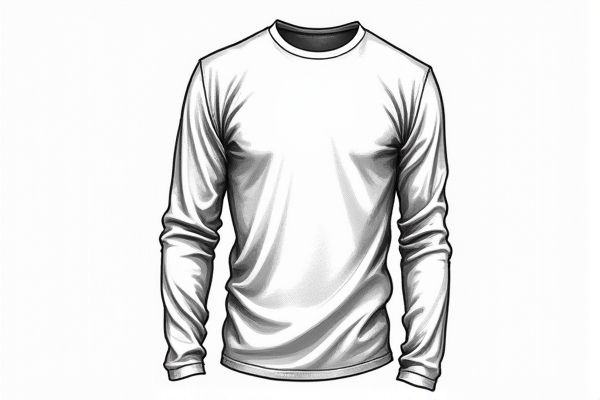
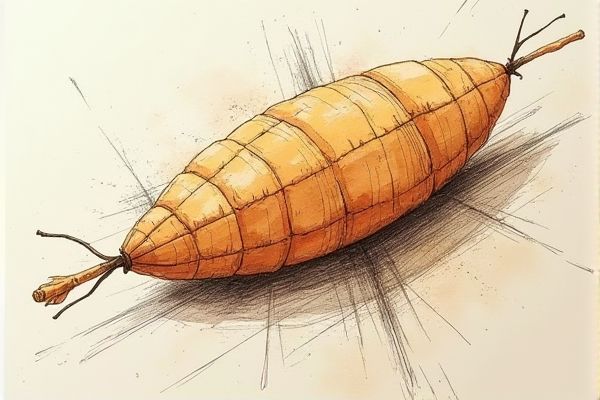
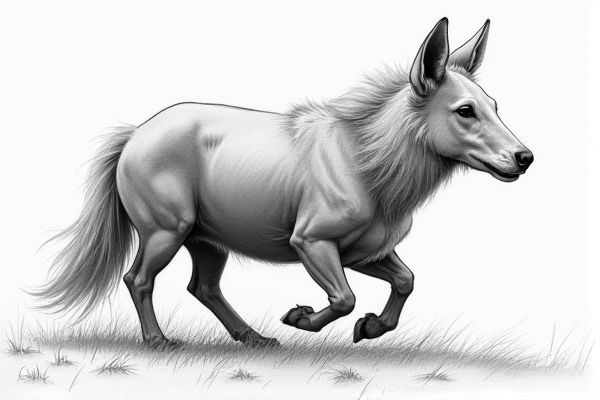
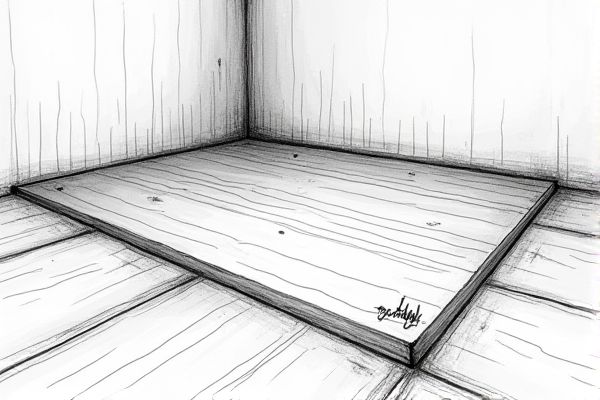




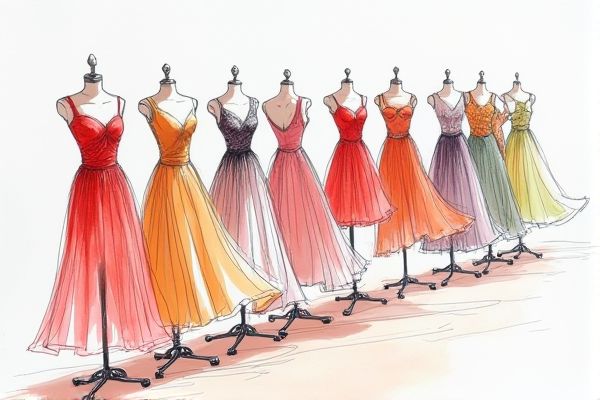
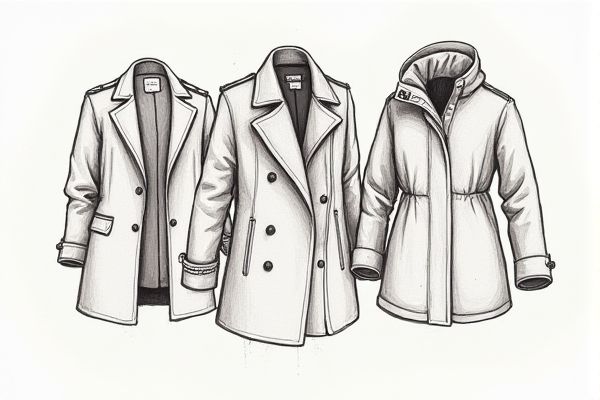
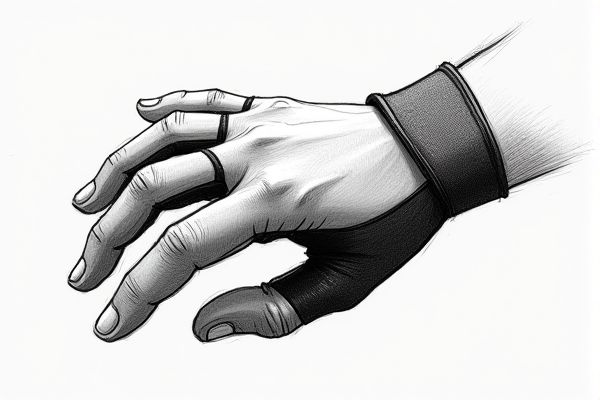
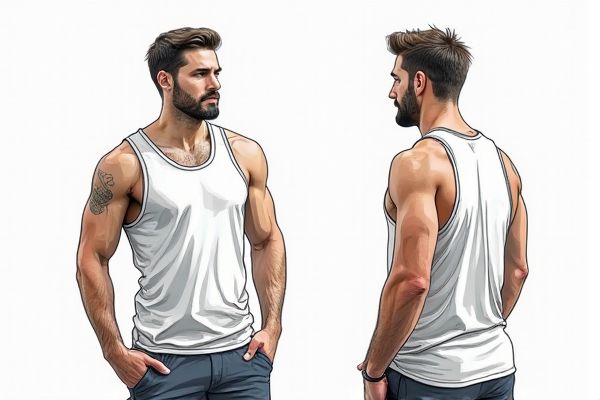
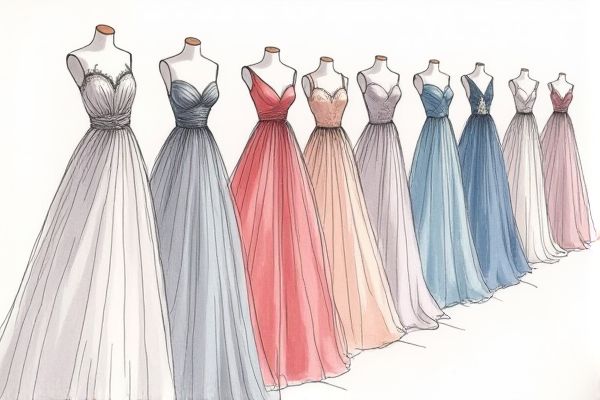
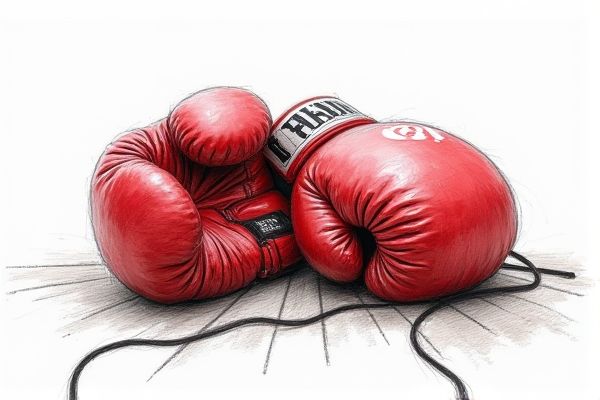
Leave a Reply
Your email address will not be published.